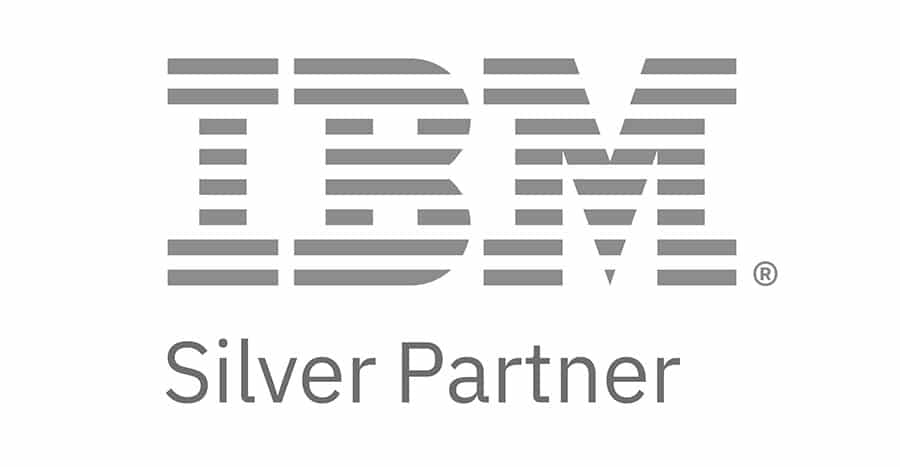IBM i Relevance
Many IT leaders assume IBM i (AS/400, iSeries) is outdated and incapable of supporting modern web development. As a result, businesses often spend millions migrating off IBM i—only to encounter new technical and operational challenges.
But the problem isn’t IBM i itself—it’s the misconceptions surrounding it.
IBM i continues to power mission-critical workloads in industries like finance, logistics, healthcare, and manufacturing. It offers unmatched security, stability, and performance that many modern platforms struggle to match.
IBM i’s relevance isn’t the issue—it’s the perception of it.
It’s time to rethink its role in modern web development without the costly system overhauls and retraining of staff.
↓ Explore how IBM i is a legendary system, not a legacy system below ↓
Why “Modern Modernisation” Is a Flawed Concept
Industry Assumption: To modernise, you must migrate off IBM i.
Reality: IBM i supports modern web development without costly migrations.
Many IT leaders believe moving to cloud-native architectures is the only way to stay competitive. But IBM i can already:
-
Run modern web applications using PHP, Python, and Node.js
-
Expose APIs for web/mobile apps via Integrated Web Services for i
-
Leverage hybrid cloud strategies with IBM Power Systems
Meanwhile, migration often introduces new problems:
-
Security risks—IBM i remains one of the most secure platforms in the world
-
Higher costs—Migrations cost 3–5x more than modernisation
-
Disruption—Rewrites lead to long delays and degraded performance
The smarter move? Rethink modernisation as optimisation. Instead of replacing IBM i, businesses should focus on extending and enhancing what they already have.
How IBM i Powers Modern Web Applications
IBM i is already a capable web development platform—it just isn’t marketed that way.
🔌 Integrated Web Services (IWS):
Expose existing RPG or COBOL logic as REST or SOAP APIs — ideal for connecting to modern frontends or third-party services.
🌐 IBM i Access for Web:
Secure, browser-based access to IBM i functions — no desktop clients needed.
🧰 Open Source Friendly:
Run modern languages like PHP, Node.js, and Python natively on IBM i. Build dynamic web apps without leaving the platform.
☁️ Hybrid Cloud Ready:
IBM i integrates with AWS, Azure, and IBM Cloud, letting you extend your app or data to the cloud — without migrating your core.
🗄️ Db2 for i:
A robust, enterprise-grade database built into the OS — scalable, fast, and perfectly tuned for your workloads.
Misconception vs. Reality
Many still hold onto the misconception that IBM i is a relic of the 1990s. The reality is that IBM i undergoes continuous patches and strategic upgrades, ensuring its features align with modern demands.
IBM i isn’t a roadblock to web modernisation—it’s a foundation for building secure, high-performance web applications.
Equipping IT Leaders to Advocate for IBM i
Many decision-makers struggle to justify staying on IBM i—but with the right talking points, IT leaders can shift internal conversations and secure buy-in.
Key Talking Points for CIOs & CTOs
-
Security & Compliance: IBM i’s architecture is inherently secure—unlike many cloud-native platforms that require constant patching.
-
Total Cost of Ownership (TCO): Migrations are expensive. IBM i is cost-effective to maintain and scale.
-
Performance & Reliability: IBM i outperforms many newer platforms in mission-critical use cases.
Why These Arguments Work
-
CIOs care about cost-efficiency → IBM i is cheaper than large-scale migrations
-
CTOs want technical flexibility → IBM i integrates with modern APIs and frameworks
-
Developers demand usability → IBM i supports PHP, Node.js, Python, and REST APIs
The goal of modernisation shouldn’t be to replace a working IBM i, but to maximise its potential. Shift the conversation from “How do we move off IBM i?” to “How can we extend what already works?”
Contact IMS today at: 0845 130 8499



